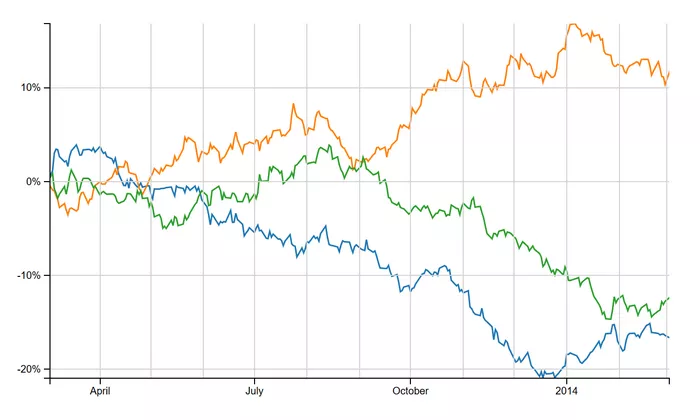Diplomatic Efforts to Restore Peace in the Middle East
Oil prices remained steady near $74 a barrel on Tuesday as U.S. Secretary of State Antony Blinken arrived in Israel. His visit is part of a renewed effort to secure a ceasefire in the Middle East. At the same time, concerns about slowing demand growth in China, the world’s largest oil importer, continued to impact prices.
As of 0855 GMT, Brent crude futures for December delivery fell by 20 cents, or 0.27%, settling at $74.09. Meanwhile, U.S. West Texas Intermediate (WTI) crude futures for November delivery also dropped by 20 cents, landing at $70.36 per barrel on the last day of this contract. The more actively traded WTI futures for December delivery decreased by 22 cents, or 0.3%, reaching $69.82 per barrel.
Recent Market Trends
On Monday, both Brent and WTI prices saw nearly a 2% increase, recovering from a more than 7% decline the previous week. However, the market remains anxious about ongoing conflicts in the Middle East. Concerns about Israel’s possible retaliation against Iran could disrupt oil supplies.
Satoru Yoshida, a commodity analyst at Rakuten Securities, noted that crude oil prices are fluctuating due to mixed news from the region. He explained, “The situation alternates between escalation and de-escalation.”
Economic Factors Impacting Demand
Oil traders are also monitoring China’s economic indicators. Recent data revealed that China’s economy grew at its slowest pace since early 2023 in the third quarter, raising concerns about oil demand. The head of the International Energy Agency indicated that oil demand growth in China is expected to remain weak in 2025, despite stimulus measures from the government. This is due in part to the country’s transition to electric vehicles and slower overall economic growth.
In contrast, Saudi Aramco’s CEO expressed optimism regarding China’s oil demand, highlighting the government’s stimulus package aimed at boosting growth.
The Role of the U.S. Dollar
Adding to the downward pressure on oil prices is the strength of the U.S. dollar, which has been bolstered by a gradual easing of global inflation. Priyanka Sachdeva, a senior analyst at Phillip Nova, explained that a stronger dollar typically makes oil more expensive for non-dollar buyers, thereby dampening demand.
In the U.S., a preliminary Reuters poll indicated that crude oil stockpiles likely increased last week, while inventories of distillates and gasoline were expected to decrease.
As the market continues to navigate these complex factors, oil prices remain steady but susceptible to changes in geopolitical and economic conditions.
Related topics:





























